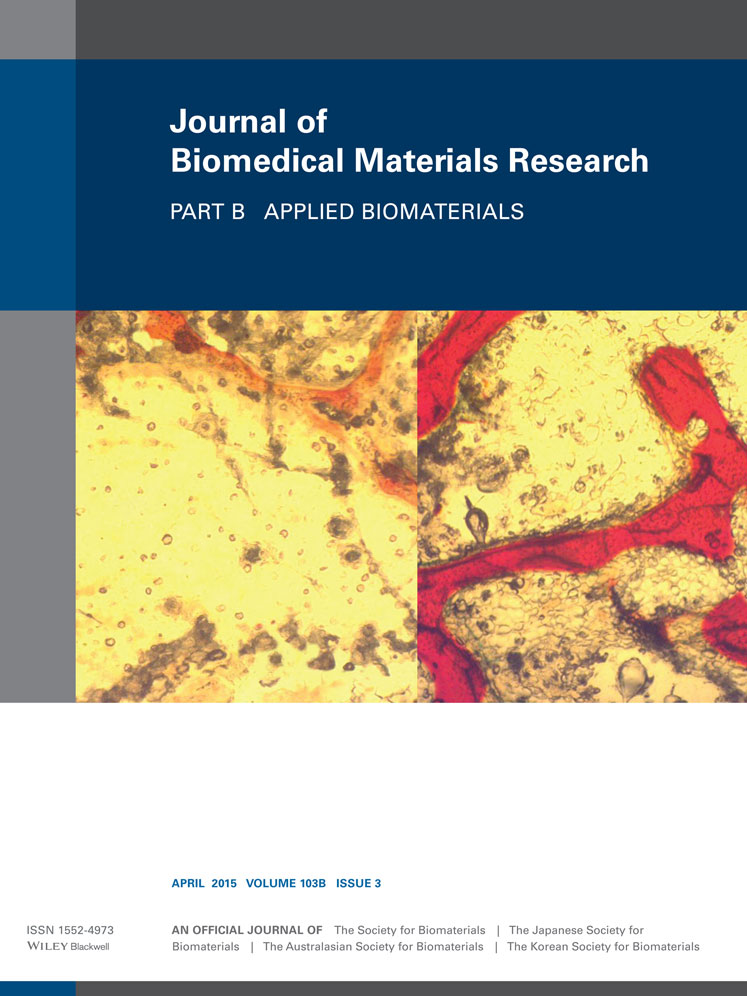In vitro and in vivo corrosion properties of new iron–manganese alloys designed for cardiovascular applications
Abstract
The principle of biodegradation for the production of temporary implant materials (e.g. stents) plays an important role in the treatment of congenital heart defects. In the last decade several attempts have been made with different alloy materials—mainly based on iron and magnesium. None of the currently available materials in this field have demonstrated satisfying results and have therefore not found entry into broad clinical practice. While magnesium or magnesium alloy systems corrode too fast, the corrosion rate of pure iron-stents is too slow for cardiovascular applications. In the last years FeMn alloy systems were developed with the idea that galvanic effects, caused by different electrochemical properties of Fe and Mn, would increase the corrosion rate. In vitro tests with alloys containing up to 30% Mn showed promising results in terms of biocompatibility. This study deals with the development of new FeMn alloy systems with lower Mn concentrations (FeMn 0.5 wt %, FeMn 2.7 wt %, FeMn 6.9 wt %) to avoid Mn toxicity. Our results show, that these alloys exhibit good mechanical features as well as suitable in vitro biocompatibility and corrosion properties. In contrast, the evaluation of these alloys in a mouse model led to unexpected results—even after 9 months no significant corrosion was detectable. Preliminary SEM investigations showed that passivation layers (FeMn phosphates) might be the reason for corrosion resistance. If this can be proved in further experiments, strategies to prevent or dissolve those layers need to be developed to expedite the in vivo corrosion of FeMn alloys. © 2014 Wiley Periodicals, Inc. J Biomed Mater Res Part B: Appl Biomater, 103B: 649–660, 2015.




